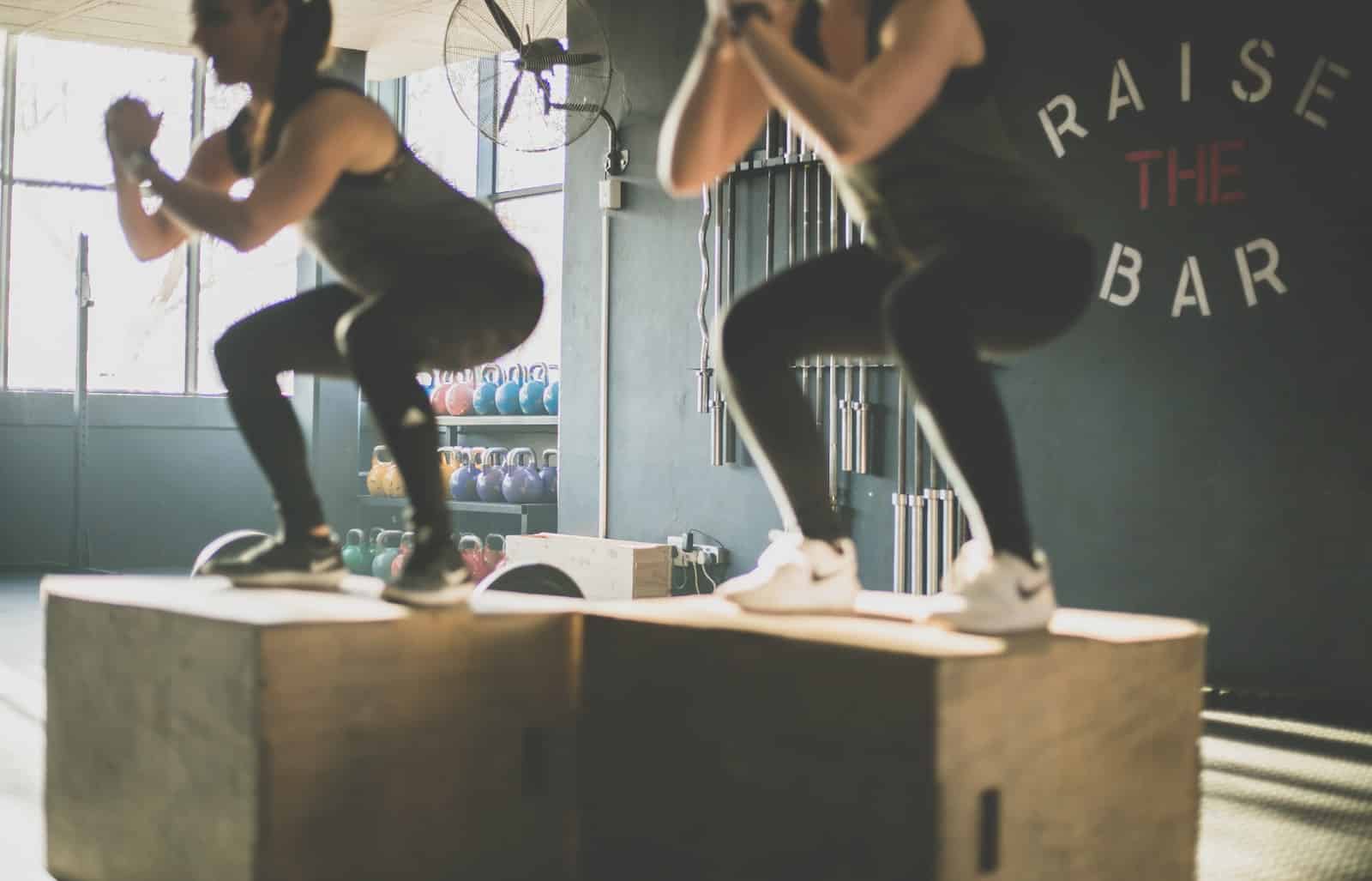Coaching, Whoever, Wherever

One of the challenges as a coach is to communicate with everyone you’re working with; whether that’s athletes (of any age/ability), other coaches, facility staff, or when coaching juniors, the parents. My intention with the business and with my coaching clearly is to coach as many people, in what I see is the right way, as is possible. But wherever you get your coaching from, here are some of my bugbears or things to watch out for!
1. Clear communication – and this goes both ways. If as an athlete you’re not sure what you’re supposed to do THEN ASK! There is nothing more frustrating for a a coach than someone just following along because they weren’t sure; equally the coach may not have put things in a way that works in your brain. A good coach should be able to explain something in more than one way – otherwise they don’t fully understand what they are trying to give you.
2. Know why you are doing what you are doing (or why you are given what you are given). If you know why you are doing a particular drill, you can emphasise the important elements (eg in the pool or on the track). Too many athletes just do things because they feel they should, without knowing why. Too many coaches give drills/exercises/sets without understanding the full implications – understanding gives empowerment and ownership of your training. You may find you’ve been pushing too hard or maybe even going too easily!
3. Demonstrations should be accurate! I was doing my own training this week while a kids swimming lesson was going on and the teacher was flailing their arms around, half the kids copied exactly. In a sport where athletes can’t really see their actions, any demonstration of what a coach wants to happen have to be accurate, precise and considered. That might mean bending forward at the hip to show the body in a better plane. It might be making sure following the right path with the hands when you demonstrate entry – whatever it is, give/get a clear picture.
The last 2 points are reserved especially for pool swim training, the previous ones have been pretty transferable!
4. Make sure there is plenty of space between swimmers. For a coach, they should notice this and make comment, but realistically, the majority of the time there is no benefit to swimming right on people’s feet. As a coach it means you can’t see much, as an athlete you might be doing something completely different because of the situation. Yes it’s easier swimming in someone’s slipstream but are you REALLY benefiting?
5. A personal gripe! Stop looking at your watch!! Most public pools have a pace clock, learn to use that… It’s not a difficult thing to do, and gives you all the information you need. By spending time looking at a watch you break those technical habits you’re trying to build, streamlining, posture, control. By the time you’ve fiddled with your watch you’ve probably missed your time to push off anyway!
Wherever you are, whoever is coaching you, whatever you do, engage in what you’re doing. Engage with your coach. Understand why and work on the simple things first, the building blocks, your foundations.
“Educators take something simple and make it complicated. Communicators take something complicated and make it simple.”
